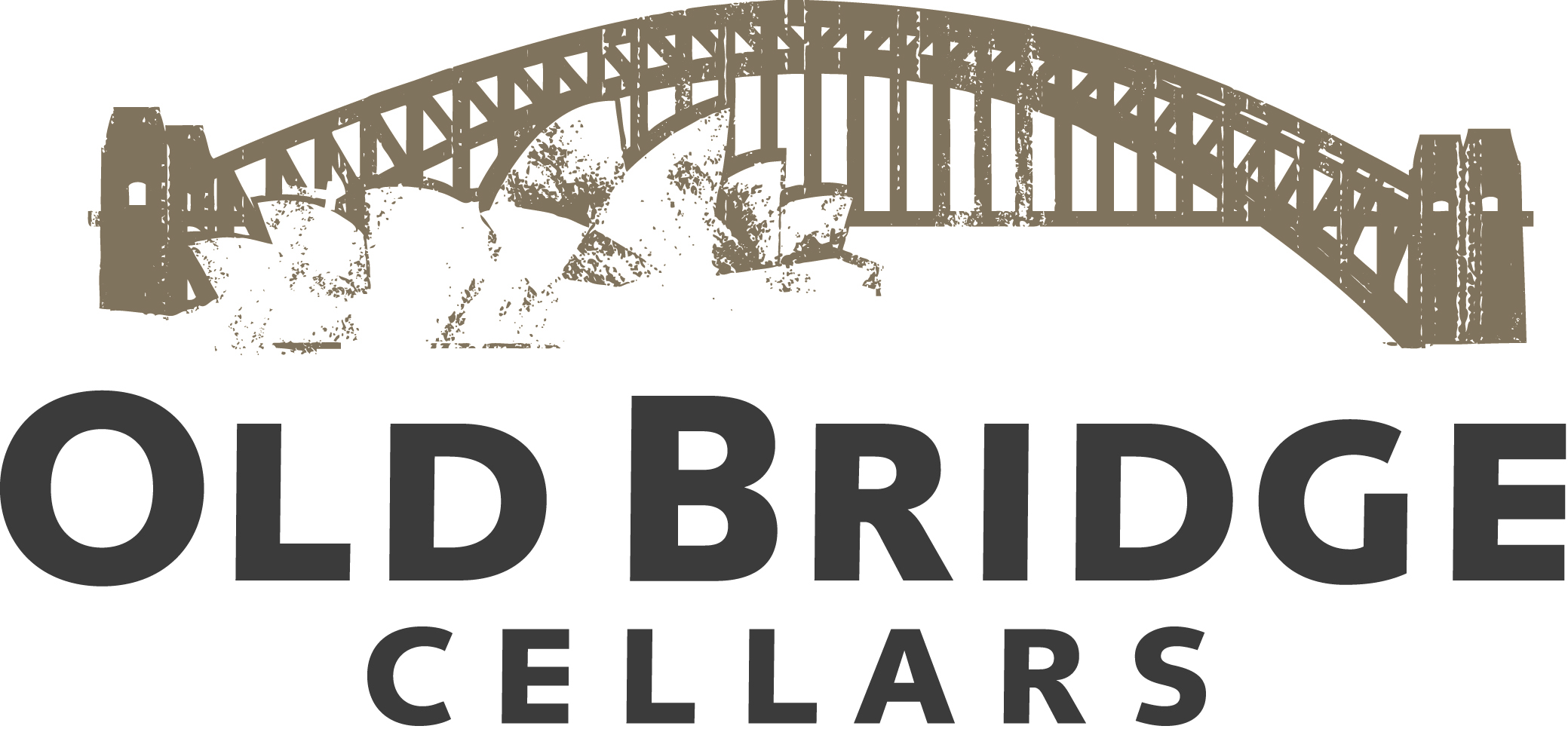Wine for Chinese Cuisine? Try Oz
Wine Spectator
March 12, 2015
by Harvey Steiman
A myth persists that Chinese food is bad for wine. And yet, some of my most memorable wine-and-food experiences have involved Peking duck, ginger-laced steamed fish and spicy salt-and-pepper seafood. And the wines transcend the cliché choices of German Riesling and Alsace Gewürztraminer.
My moment of enlightenment came three decades ago at the Mandarin in San Francisco when founder Cecilia Chang served an early vintage of Jordan Cabernet with her Peking duck. It was magical, a seamless combination of flavors and textures.
In Australia I often meet winemakers in one of Adelaide’s excellent Chinese restaurants (and Thai and Vietnamese, too). Their wines always shine. So last week, for our annual dinner to benefit the Central Coast Wine Classic, Archie McLaren and I gathered the high bidders for our lot and some mature Australian bottles from my cellar at Hakkasan in San Francisco.
The stars aligned. None of the bottles had succumbed to cork taint, and every one of them matched up harmoniously with the food.
For starters, Pewsey Vale Riesling Eden Valley Museum Reserve 2003 deployed its lively acidity and steely dry balance of fruit, flowers and wax to fold smoothly into an array of dim sum. Leeuwin Estate Chardonnay Margaret River Art Series 2001 balanced its creamy texture and stone fruit with a taut thread of acidity, wrapping itself around two seafood dishes: honey-glazed sea bass and XO lobster with shimeji mushroom. At 14 years, the still-youthful Chardonnay seemed made for these flavors and textures.
Three reds ranged in style from the elegance of Peter Lehmann Cabernet Malbec Merlot Shiraz 1989, a Barossa Valley blend that the winery now bottles as Mentor, to Penfolds Shiraz Grange 1991, a majestic wine that feels like it still needs 20 years to reach its best. The pleasant surprise was Clarendon Hills Cabernet Sauvignon Hickinbotham 2001, a supple, fleshy, gorgeously balanced mouthful of blueberry, plum, cedar and sage from a steep hillside vineyard in McLaren Vale.
How did these fare with rolls of seared Wagyu beef in sesame sauce and black truffle-infused roast duck? The wines didn’t flinch. The Lehmann was especially wondrous, proving that elegance and this kind of Chinese cuisine belong together. The Cabernet soared with the duck, the Shiraz with the beef.
We finished things off with Chambers Rare Muscat, an unctuously rich and sweet fortified wine. The blend included material more than 100 years old. It was dessert in the glass, but the roasted nut, chocolate and cherry flavors embraced a chocolate ganache pastry, served with eucalyptus sorbet and cacao nibs.
What’s the secret to wine with Chinese food? Seek cooking that does not overdo sweetness. Too much sugar in the food can thin out fine wines. But, as even the honey-glazed bass proved, refined Chinese cuisine has the sort of balance that enhances wine, especially if it retains its core of delicious fruit.
